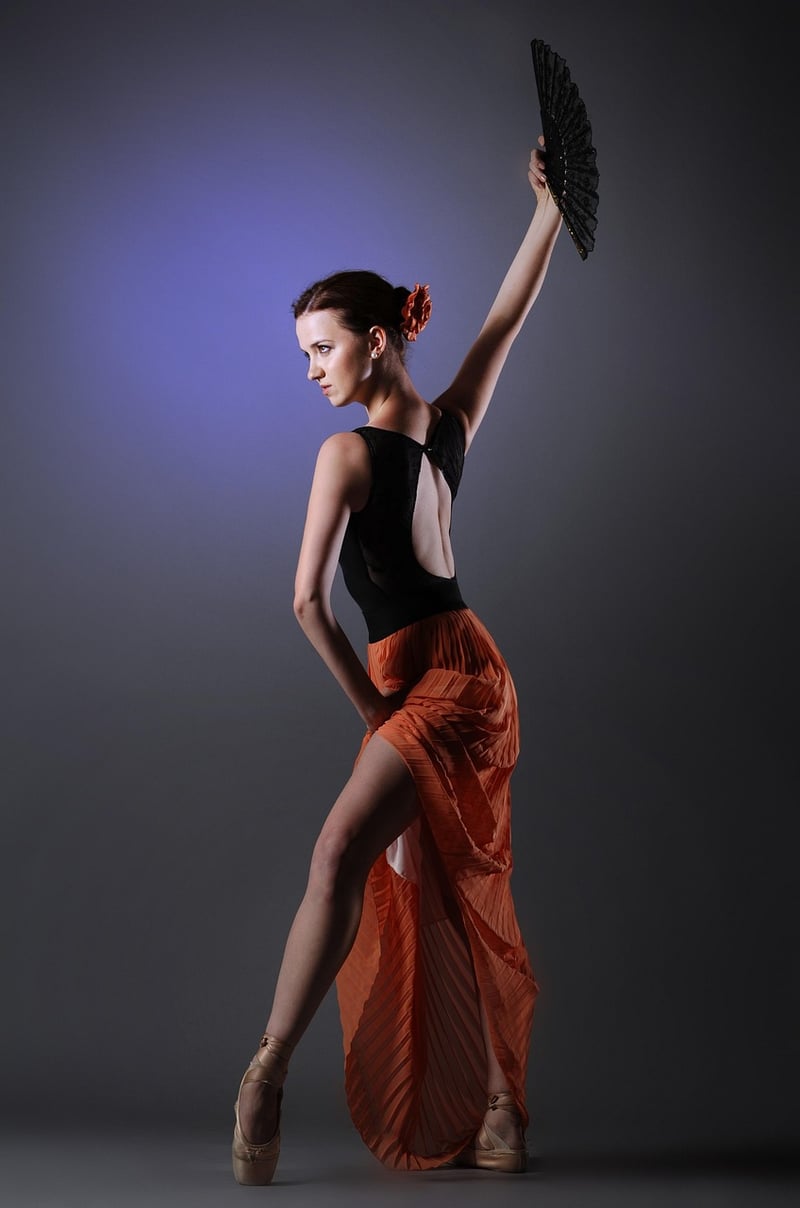Hip Hop
The Power of Expressive Movement in Hip Hop

Hip Hop, a genre that transcends music, has given rise to a culture rich in expressive movement. From its origins in the Bronx to global stages, Hip Hop dance has become a powerful form of artistic expression, storytelling, and social commentary.
History and Evolution
Rooted in African and Afro-Caribbean dance traditions, Hip Hop movement emerged in the 1970s as a response to social and political issues. It encompasses a range of styles, from breaking and popping to locking and krumping, each with its unique rhythm and flair.
Embracing Individuality
One of the core tenets of Hip Hop dance is individuality. Dancers use their bodies as instruments to convey emotions, experiences, and narratives, creating a dynamic visual language that resonates with audiences worldwide.
Community and Connection
Within the Hip Hop dance community, there is a strong sense of connection and camaraderie. Battles, cyphers, and collaborative performances provide platforms for dancers to showcase their skills, support one another, and push the boundaries of creativity.
Influence on Popular Culture
The impact of Hip Hop movement extends far beyond the dance floor. It has influenced fashion, music videos, advertising, and even mainstream choreography, shaping contemporary culture and redefining notions of style and identity.
Continued Innovation
As Hip Hop continues to evolve, dancers around the world are pushing the boundaries of movement and creativity. They fuse traditional Hip Hop styles with elements of contemporary dance, ballet, and other forms, creating new vocabularies and expanding the art form.
Whether in a street cypher, a music video, or a stage performance, the power of expressive movement in Hip Hop resonates with its ability to captivate, inspire, and unite people from diverse backgrounds.
Experience the energy and passion of Hip Hop movement – where every step tells a story, and every beat ignites the soul.
